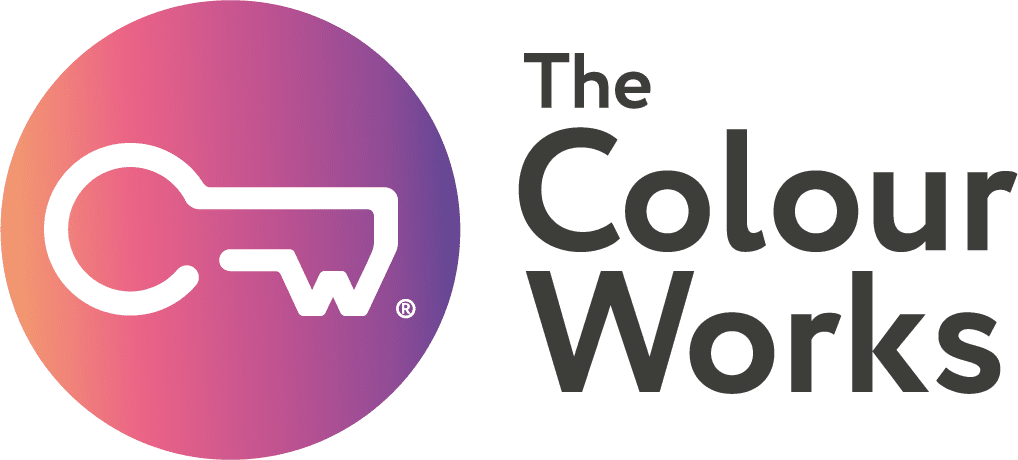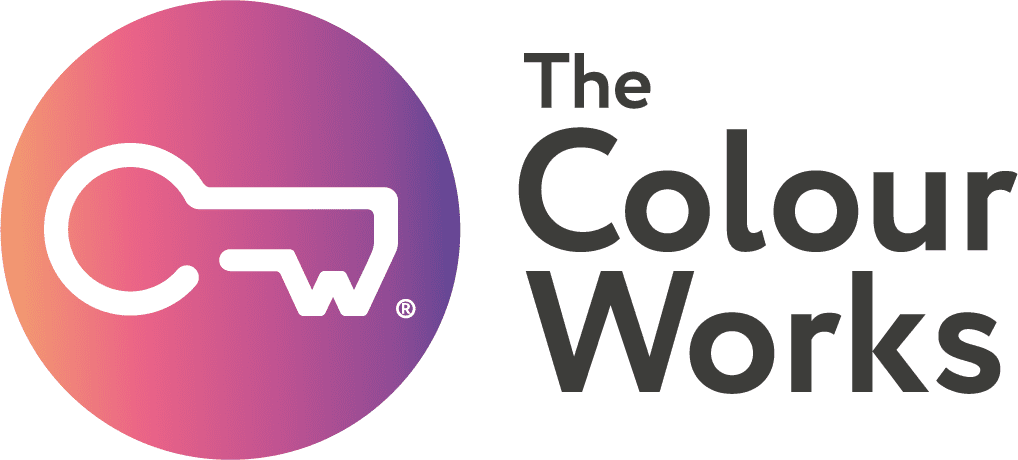Why not view our solutions on leadership today?
Empathetic, emotionally intelligent work environments have a good track record of increasing creativity, improving problem solving and raising productivity.”
Whilst it used to conjure up an avid hobbyist, a more ‘unconventional’ career path or a child scribbling their dreams onto paper, creativity is increasingly recognised as vital to competitive advantage and one of the most prized attributes an individual can have in the workplace. ‘What we’ve always done’ and ‘how things used to work’ doesn’t achieve growth and profit in our now high paced, one-click, unpredictable economy, and the increasing competition of product and service worldwide puts a bounty on innovation in your organisation.
The greatest leaders nurture creativity
There are various environmental factors that block creativity. It goes without saying that an organisation that fails to invest in the development of it’s employees, (an organisation that is out of touch with it’s people), will rarely inspire creative thinking and innovative problem solving in it’s teams and individuals. An emphasis on maintaining the status quo can be particularly stifling, too, as well as big bucks risk-avoiders sat at the top table. It’s worth noting that this situation is also undoubtedly exacerbated by the very real fact that companies are now managing four generations of workers, all of whom holding widely different needs, expectations and values, with the majority not understanding each other at all, (breakdown of communication being the blocker itself).
Agile leaders understand that though creativity cannot be quantified at the outset and may seem elusive, it is vital to thinking outside of the box and by modelling it and encouraging it in their employees they can increase workplace wellness and satisfaction and build teams that are driven and excited. Their role as facilitator of creativity is to balance the provision of adequate opportunity and encouragement whilst managing risk in a way that minimises disruption to the stability of the organisation.
A report by the Langley Group reinforces what we already know. Innovation materialises when we feel secure, when there is time in our busy minds to imagine and create without fear and when we can ‘explore the new and unknown with others in a non-competitive way’. This happens best when individuals trust each other, because when we trust each other we are comfortable being vulnerable.
People’s moods and how they’re feeling impacts an organisation. Agile leaders recognise that working with emotions rather than around them, and tackling blockers rather than skirting the issue, causes individuals to reach their fullest potential.
Creativity and behaviour through the Insights Discovery model
The four Insights Discovery® colour energies each hold innate creative strengths. Whilst all individuals are a mix of the four energies we tend to lead with a dominant, the other three influencing how this dominant energy manifests itself in our behaviour and subsequently illustrating our full behavioural range.
I am dominantly Earth Green, with Cool Blue energy quick on it’s heels as my subsidiary colour and Sunshine Yellow and Fiery Red coming a way down from there, but all four colour energies work together to make up ‘me’, and can and do fluctuate when the situation requires it. My colour mix influences the way I see the world and the people in it, and vice versa – when I am taking my time with a decision to make sure I’ve considered all options and will achieve the fairest outcome, colleagues leading with the Fiery Red energy may perceive me to be slow and inefficient because Fiery Red, their dominant colour energy, typically values pragmatism and fast results. On the flipside, my Earth Green energy might perceive Fiery Red to be insensitive and impatient, given that I value equality and reflection. (And we’re yet to introduce the various effects of stress, tiredness, bias and assumption which can skew both the way we behave and our perception of others).
You can see how enhanced self and social awareness spread across a whole team (if not a whole organisation) can quickly and dramatically transform team-working, collaboration and our creative flair.
Creative strengths and blockers through the Colour Energies
The Cool Blue Energy’s primary focus is problem solving. As an introvert thinker, they thrive on asking questions, doing the research and analysing the detail with the belief that it will inform better future decision making.
Cool Blue strengths: exquisite planning skills
Cool Blue blockers: doesn’t like to take risks
Tip: your thorough questioning will give you too much information. Run a needs based priority list to get to the bottom of ‘next steps’ and share this with colleges to get their feedback.
Fiery Red energy, the extrovert thinker, is solution based and forward thinking. They would tend to choose to explore how to make ideas actually happen – what is the practical application? How can we get the results?
Fiery Red strengths: pushes to get things moving
Fiery Red blockers: thinks they already have the answer
Tip: your need for immediacy is yours, no one else’s. Take some time out to consult with others and hear their thoughts. You might even find value in ‘just sitting’ with an idea, and exploring a slower pace.
Earth Green energy considers and consults their way through decision making. They are introvert feelers and very values based – they are more focused on people than facts and figures.
Earth Green strengths: listens well
Earth Green blockers: finds change challenging
Tip: keep your quest for harmony close by while you hone in on key messages and needs; use your cooperative and encouraging ways to keep things moving positively forward.
Extrovert feeling Sunshine Yellow energy is tactile and learns kinaesthetically, so tends to enjoy dynamic discussions, brainstorming and storyboarding to aid idea generation and problem-solving.
Sunshine Yellow strengths: gets people talking and engaging together
Sunshine Yellow blockers: finds follow through difficult to pin down
Tip: The constant bombardment of new ideas breeding new ideas can take it’s toll. Pick just one good idea and run with it, make a simple pro’s and con’s list and plan it to completion with SMART objectives.
Conclusion
Censoring creativity is lethal moving forward. We need to stop avoiding creative thinking just because it inherently requires a willingness to possibly be wrong – making mistakes is merely the process by which solutions are created.
View your project or problem through the eyes of your opposite colour energy or work around the wheel itself, considering each colour and exploring their own way of working – (this post may also help with this) – to gather a more rounded approach and allow yourself to be objective about the subjectivity.
Read more about inference, the Insights Discovery model, stress, emotional intelligence, social awareness, vulnerability and generations in the workplace
Related Articles
Think your leadership team has ‘done’ Insights Discovery? Think again!
We recently hosted a free webinar for people to experience the power of Insights Discovery. We welcomed delegates from a …
Read MoreSix Ways to Make Better Decisions
The power of decisions We make 20,000-35,000 decisions a day, many of them without much cognitive effort or attention, and …
Read MoreCovid Leadership Reflections and The 4 Levels Of Leadership
So, as we finally seem to be emerging from the Covid crisis, how has your leadership fared? Are you now …
Read More






